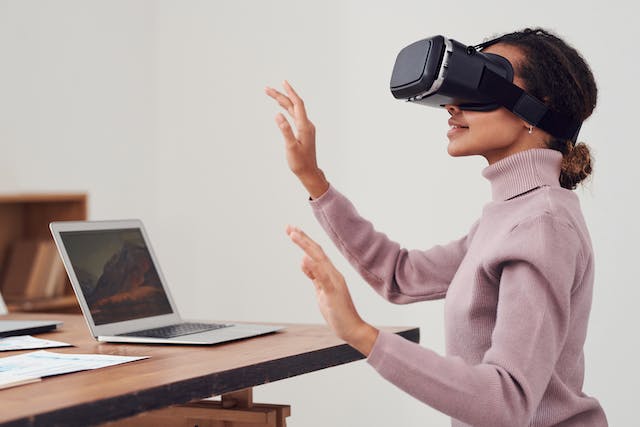Medical imaging is crucial in diagnosing and treating various medical conditions. These technologies have transformed the medical field from X-rays to Magnetic Resonance Imaging (MRI) and Computed Tomography (CT) scans.
Augmented Reality (AR) is a technology that overlays digital data, such as images or sounds, onto real-world objects or locations. In the medical field, AR has become an essential tool in patient examinations, surgery, and therapy.
AR-assisted Surgery
One of the significant benefits of AR technology in medicine is its application in surgical procedures. With AR, surgeons can see 3D images of the patient’s internal organs, tissues, and blood vessels during an operation.
This technology has revolutionized how physicians perform surgeries, offering unparalleled precision, accuracy, and visual assistance. Surgeons can perform surgeries with minimal invasion, thus reducing patient recovery time.
Additionally, AR-assisted surgery can benefit doctors in training as they can learn surgical procedures through virtual reality simulations.
Image-guided Intervention and Therapy
Image-guided intervention and therapy is another area that has experienced significant advancements in AR technology. Medical professionals can use AR to display real-time images of the internal organs during a procedure, allowing for precise navigation and guidance.
For example, using AR technology in radiation therapy enables medical professionals to focus radiation beams precisely on the tumor and spare the surrounding healthy tissue.
Patient Education and Rehabilitation
As medical professionals seek to enhance patient education and rehabilitation, AR technology has proven helpful. Patients can use AR to view and understand their medical conditions better.
For instance, AR can help showcase the effects of a particular treatment plan and provide feedback on the treatment progress. AR can also be used to improve rehabilitation sessions, as patients can receive personalized therapy recommendations that suit their needs.
Medical Education and Training
The applications of AR technology in medicine are not limited to diagnosis and treatment. Medical education and training have also benefited tremendously through AR technology.
Through virtual reality simulations, medical students can explore the human body in 3D and get hands-on experience with various procedures. Additionally, trainees can learn how to use medical equipment through AR simulations without endangering patient’s lives.
Remote Patient Monitoring
AR technology has the potential to transform remote patient monitoring. Patients can use AR technology to capture images and videos remotely and send them to medical professionals.
This approach saves time and resources, especially for people living in remote areas, enabling them to receive diagnoses and medical advice promptly.
The advancements in augmented reality technology have revolutionized medical imaging by transforming diagnostics and treatment procedures. AR technology has applications in surgery, image-guided interventions and therapy, patient education, medical education and training, and remote patient monitoring.
With continued research and development, AR technology can potentially transform healthcare significantly. The advancements in AR technology are exciting as they offer the possibility of more accurate, efficient, and cost-effective medical procedures, diagnosis, and treatment, and ultimately, improved patient outcomes.

